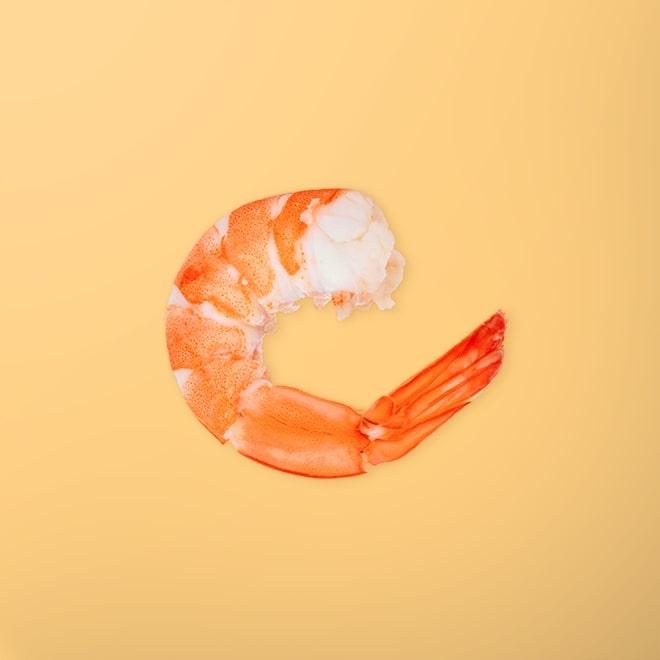Shrimp




The shrimp is a favorite crustacean in many cultures, having been known as a delicacy from ancient times and referenced in writing as far back as 3rd Century AD in Greece.
This tiny treat is not only delicious, but plays a vital part in the food chain as a source of sustenance for everything in the water from fish to whales. While there are thousands of species of shrimp, only about 20 are commonly consumed.
When choosing fresh shrimp (with the heads on), avoid black and yellow spots, which may indicate that the shrimp is old or has been bleached, with the exception of certain tiger shrimps that are supposed to have spots.
Touch the shell to make sure it’s firm. If the shell is slimy, watch out! Thinner shells are a great indicator of tastier shrimp.
If you can, try to smell the shrimp - if it smells salty, it’s good to go, but if it smells fishy then it’s going bad.
Shrimp can be stored in a refrigerator for up to 2 days. Store shrimp in some ice in the fridge or pack the shrimp directly in the freezer in a sealed container if keeping for longer.
f you have a garden, shrimp shells can also revitalize the soil. Simply bury the shells in the soil, or water the garden with shrimp water if you have pets.
Why does shrimp turn pink-red when cooked? There are carotenoid pigments in shrimp shells and flesh that are released only when exposed to heat. They then absorb blue light, causing the shrimp to appear red, orange, or yellow in color.
If the shrimp tail is curled around all the way to the body to form an “O”, odds are you’ve left it on the fire for a little too long.
Hold the shrimp by the head (or whatever is closest, if you removed the head), and pull the tail straight. If the tail stays straight, the shrimp is undercooked. If the tail curls back slowly, it’s overcooked. If it springs back right away, then it’s perfect.
Don’t toss out the shells, you can use them to make a great shrimp broth! Add them to a pot, and boil them with some spices. Strain out the shells, and use it instead of chicken stock.
Shrimp is a nutritional powerhouse! Besides protein and vitamin D, shrimp also has zinc which is necessary for energy expenditure control, fat storage, and can suppress the appetite.
Shrimp also contain antioxidants, and omega-3 fatty acids which play an important role in the production of new cells. They also contain selenium, which can protect against cancer!
People often think “high cholesterol” when eating shrimp. Scientists discovered that most of the cholesterol was ‘good cholesterol’ (HDL), which protect against heart attacks.
Corrections or improvements? Email us at
content@sidechef.com